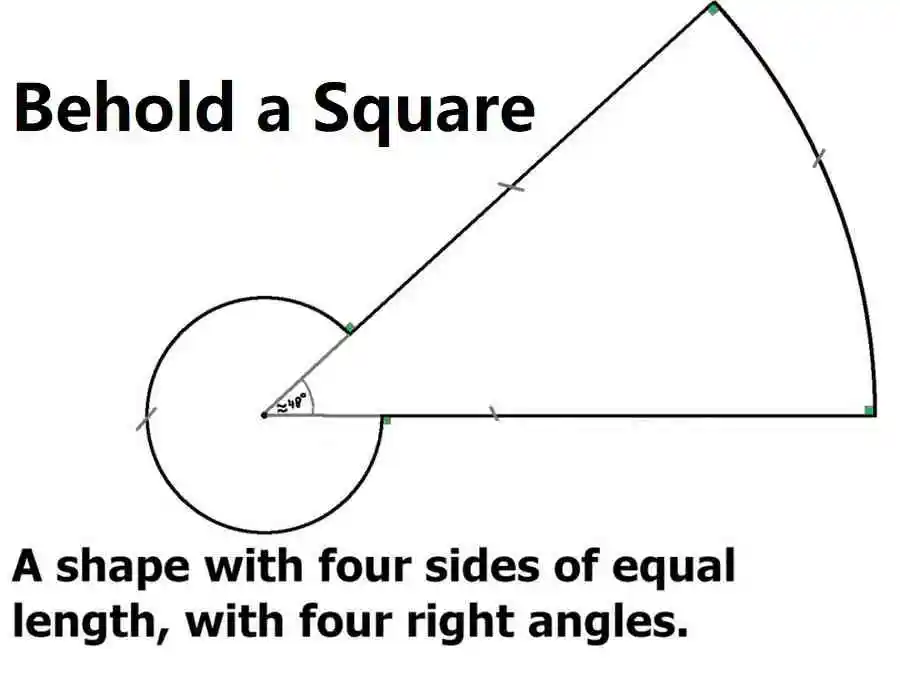this post was submitted on 21 Sep 2024
1297 points (97.3% liked)
Science Memes
11058 readers
3588 users here now
Welcome to c/science_memes @ Mander.xyz!
A place for majestic STEMLORD peacocking, as well as memes about the realities of working in a lab.

Rules
- Don't throw mud. Behave like an intellectual and remember the human.
- Keep it rooted (on topic).
- No spam.
- Infographics welcome, get schooled.
This is a science community. We use the Dawkins definition of meme.
Research Committee
Other Mander Communities
Science and Research
Biology and Life Sciences
- !abiogenesis@mander.xyz
- !animal-behavior@mander.xyz
- !anthropology@mander.xyz
- !arachnology@mander.xyz
- !balconygardening@slrpnk.net
- !biodiversity@mander.xyz
- !biology@mander.xyz
- !biophysics@mander.xyz
- !botany@mander.xyz
- !ecology@mander.xyz
- !entomology@mander.xyz
- !fermentation@mander.xyz
- !herpetology@mander.xyz
- !houseplants@mander.xyz
- !medicine@mander.xyz
- !microscopy@mander.xyz
- !mycology@mander.xyz
- !nudibranchs@mander.xyz
- !nutrition@mander.xyz
- !palaeoecology@mander.xyz
- !palaeontology@mander.xyz
- !photosynthesis@mander.xyz
- !plantid@mander.xyz
- !plants@mander.xyz
- !reptiles and amphibians@mander.xyz
Physical Sciences
- !astronomy@mander.xyz
- !chemistry@mander.xyz
- !earthscience@mander.xyz
- !geography@mander.xyz
- !geospatial@mander.xyz
- !nuclear@mander.xyz
- !physics@mander.xyz
- !quantum-computing@mander.xyz
- !spectroscopy@mander.xyz
Humanities and Social Sciences
Practical and Applied Sciences
- !exercise-and sports-science@mander.xyz
- !gardening@mander.xyz
- !self sufficiency@mander.xyz
- !soilscience@slrpnk.net
- !terrariums@mander.xyz
- !timelapse@mander.xyz
Memes
Miscellaneous
founded 2 years ago
MODERATORS
you are viewing a single comment's thread
view the rest of the comments
view the rest of the comments

I think this part from the textbook describes what you're talking about
And this would give you the actual tangent line, or at least the slope of that line.
But then your definition of a straight line produces two different shapes.
Starting with the same definition of straight for both. Y(x) such that y’(x) = C produces a function of cx+b.
This produces a line
However if we have the radius r as a function of a (sorry I’m on my phone and don’t have a Greek keyboard).
R(a) such that r’(a)=C produces ra +d
However that produces a circle, not a line.
So your definition of straight isn’t true in general.
I think we fundamentally don't agree on what "tangent" means. You can use
as taken from the textbook, giving you a tangent line in the terms used in polar coordinates. I think your line of reasoning would lead to r=1 in polar coordinates being a line, even though it's a circle with radius 1.
Except here you said here
https://lemmy.ml/comment/13839553
That they all must be equal.
Tangents all be equal to the point would be exponential I thinks. So I assume you mean they must all be equal.
Granted I assumed constant, because that’s what actually produces a “straight” line. If it’s not, then cos/sin also fall out as “straight line”.
So I’ve either stretched your definition of straight line to include a circle, or we’re stretching “straight line”
You're using the derivative of a polar equation as the basis for what a tangent line is. But as the textbook explains, that doesn't give you a tangent line or describe the slope at that point. I never bothered defining what "tangent" means, but since this seems so important to you why don't you try coming up with a reasonable definition?
My whole point is that a “straight done”, in general, doesn’t exist in the first place. Because in general definitions are actually really hard.
It’s not that it’s important to me. It’s that I’ve spent many parts of my day on the phone with the bank, and never should be taken for more than an asshole on the internet. Sorry if you thought I was more invested than that.